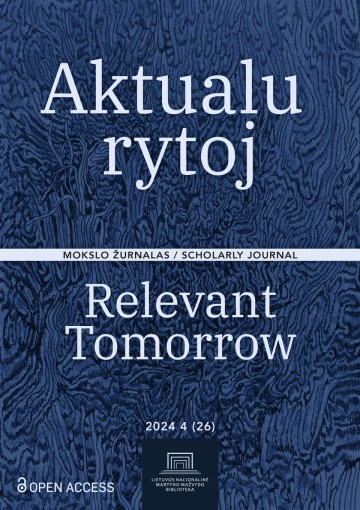The Possibility of Monadology in Painting: The Case of Henrikas Čerapas’s Exhibition, Memorial of the Papilė Co-Op Warehouse (2024)
DOI:
https://doi.org/10.51740/RT.4.26.5Keywords:
painting, abstraction, monad, monadology, phenomenology, memorial, Henrikas ČerapasAbstract
The question of the possibility of monadology in painting enables to delve into the paradoxical reflections of contemporary abstract painting. The article highlights the impact of the definition of the monad on the concept of abstract painting and establishes the relevance and importance of such an interpretation when applied to especially distinctive solutions in painting (primarily in Henrikas Čerapas’s latest painting strategy). The philosophical concept of the monad is scrutinized as a metaphor applied to describe the plasticity of painting. Based on interpretations of Gottfried Wilhelm Leibniz’s philosophy, the idealistic approach to monadology (influenced by the theories of Edmund Husserl and Theodor Adorno) and its reflection in the concepts of abstract art are emphasized. In turn, it allows to grasp and identify monadism as the construction of the structure of inner experience and the visualization of mental processes expressed in painting. The article discusses painting that represents such theoretical thinking (from constructivist essentialism and Unism to minimalism and variations of abstract expressionism). The idea of monadology is mainly questioned by analyzing the work of Čerapas and his latest exhibition, Memorial of the Papilė Co-Op Warehouse (2024), exhibited at the Martynas Mažvydas National Library of Lithuania. The author of the article reaches a conclusion that although the connection between monadology and interpretations of painting is symbolic, it is important for understanding the subtext of Čerapas’s abstract works and the transformations of plasticity. In artist’s abstract painting, one can observe a certain fluctuation between more constructive expressive forms and their interaction with the architecture of the environment, and more formal (closed and multi-layered surface variations) possibilities for the revelation of monadology in painting. The development of Čerapas’s monumental abstractions is clearly reflected in his latest exhibition.










